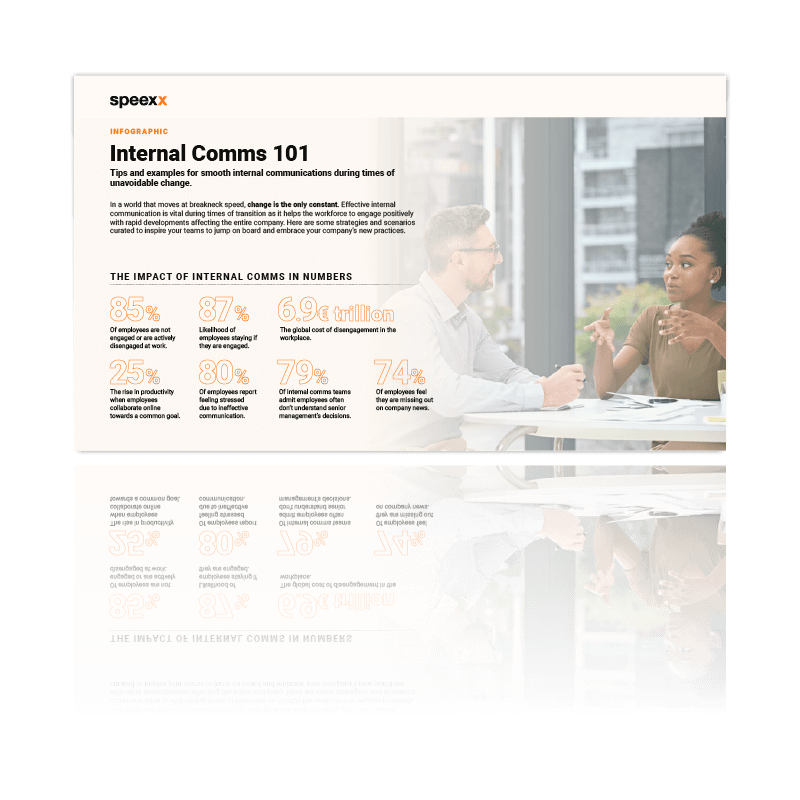We’ve all been there—checking the calendar in the morning only to realize it’s wall-to-wall meetings. Especially with the rise of hybrid and remote work, meeting culture has shifted from the occasional in-person catch-up in a conference room to a constant stream of digital appointments.
Caught between Zoom fatigue and a longing for team connection, we’ve lost sight of what meetings are really for. So, let’s take a closer look at the changing meeting culture—and what makes a meeting truly worthwhile today.

Meeting Overload: The Hidden Cost of Too Many Calls
Too many meetings don’t just eat up time—they also threaten productivity and motivation. And it’s no surprise: employees attend an average of 11 to 15 meetings per week. Since the pandemic and the shift toward remote work, time spent in meetings has risen by 10%. Nearly half of all meetings (45%) last 30 minutes.
The vast majority of one-off meetings involve six or fewer participants, with 49% including just two people. Regular meetings, by contrast, have seven or more participants in 29% of cases.
In the US alone, companies lose an estimated $37 billion each year due to unproductive meetings. It’s no surprise, then, that in one survey, 78% of respondents said they struggled to get their work done because they had to attend so many meetings.
Clearly, the established meeting culture needed to be rethought for the modern day workplace

Learn best practices for internal comms.
More Than Talk: Why Meetings Still Matter
Despite their reputation, meetings serve an important social and psychological function. Especially in teams spread across different locations, meetings help maintain a sense of connection and team spirit. When done right, they meet the communication needs of hybrid teams and help build trust, motivation, and a sense of belonging.
Meetings also reflect the social dynamics of a team or organization—something particularly valuable for new employees. Sharing knowledge and working toward a common strategy fosters unity. Furthermore, meetings give us a chance to reaffirm our value—through presentations, follow-up questions, or simply the recognition and trust of colleagues and managers.

Anatomy of a Good Meeting Culture
To get real value out of meetings, quality matters more than quantity. For meetings to be efficient and support collaboration, decision-making, and strategy development, the following points should be kept in mind:
- Clear objectives and an Agenda
The purpose of the meeting should be defined in advance and clearly communicated to all participants. Sharing an agenda at the start—and sticking to it—helps keep everyone on track.
- Duration
Half of all meetings start 75 seconds late. Rather than letting meetings drag on, it’s often more efficient to start on time and keep things concise. This helps maintain focus and leaves more time for day-to-day tasks.
- Participants
To prevent overcrowded meetings, only those who are directly involved and can contribute to the agenda should be required to attend. Others who are interested can be given the option to join—depending on their workload and priorities.
- Inclusive Communication
In virtual meetings especially, it’s important to actively involve all participants—since the conversation is often dominated by just a few voices.
- Slides
Presentations shared during meetings should be tailored to the goal and the audience, serving to support the discussion rather than distract from it.
Remote Rules: Making Hybrid Meetings Work
Digital formats need digital rules to keep meetings dynamic and efficient. First, it’s important to assess whether a meeting is necessary at all—or whether updates, polls, or documentation can be handled asynchronously. That said, meetings are essential when it comes to resolving conflicts, clarifying alignment, or making important decisions.
Turning on cameras creates a sense of presence and commitment. A moderator can also help keep time, maintain focus, gather input, and make space for quieter or more introverted participants.
Collaborative tools such as Notion or Miro can be used to record to-dos and responsibilities. Decisions also become more comprehensible when they are visualized. Quieter participants can also have their say in writing using these formats.
Shaping Meeting Culture—Not Just Enduring It
As with many workplace habits, change starts by setting a good example. When managers and HR model best practices, they can work together to establish healthier, more effective meeting culture. HR can play a key role by raising awareness, offering training, and providing tools that support better meetings.
Feedback formats are also useful for identifying gaps and gathering suggestions for improvement. This could take the form of large-scale audits once or twice a year, asking questions like: “How many meetings do employees attend each week? How many produce real outcomes? Which ones could be skipped?” Quick feedback tools—like emoji ratings after each meeting—can also provide helpful insight in real time.
Checklist: How Effective is My Meeting?
Before planning or attending your next meeting, ask yourself the following questions:
1. Goal and Relevance
- Is there a clear objective for the meeting?
- Is a meeting the best way to achieve this goal?
- Is the topic truly relevant to all participants?
2. Preparation and Structure
- Is there a structured agenda with a clear time frame?
- Have all relevant materials been shared with participants in advance?
- Are roles—such as moderator or note-taker—clearly assigned?
3. Process and Participation
- Does the meeting start and end on time?
- Does everyone who has something to contribute get a chance to speak?
- Are decisions clearly made and documented?
4. Follow-Up
- Are clear next steps and responsibilities defined?
- Are results or decisions documented and shared with the team?
- Did the meeting provide real value to the team or project?
5. Reflection
- Could this meeting have been shorter, held differently, or skipped altogether?
- Did everyone involved use their time wisely?
- As a participant, would I willingly attend again?
Less Meeting. More Meaning.
As meeting culture evolves, the goal isn’t to scrap meetings—but to run them better, so they deliver real value. With honest reflection, the unnecessary can be cut and the essential made more effective.
Time to take a closer look at your own meeting habits.

